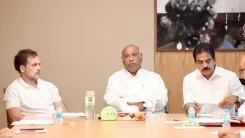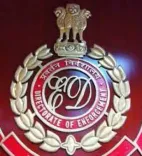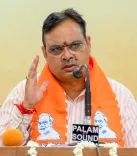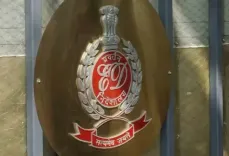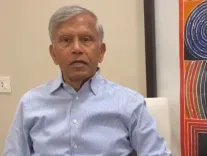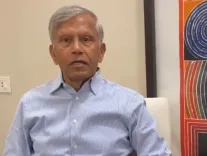Is Marathi Mandatory in Maharashtra and Hindi Optional? Minister Ashish Shelar Clarifies
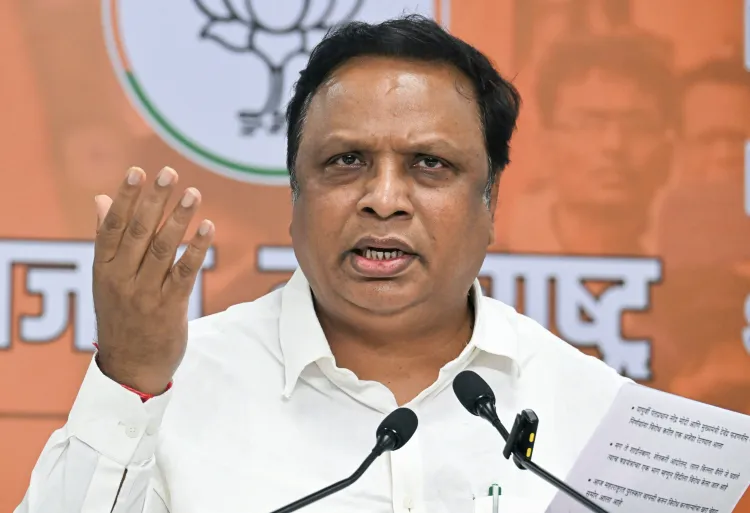
Synopsis
Key Takeaways
- Marathi is the only mandatory language in Maharashtra schools.
- Hindi is an optional third language, with flexibility in choice.
- Over 15 languages available under the third-language option.
- Public engagement led to over 3,800 responses regarding language policy.
- The National Education Policy emphasizes the need for diverse language choices.
Mumbai, June 23 (NationPress) Mumbai BJP chief and Maharashtra Minister of Cultural Affairs and Information Technology Ashish Shelar on Monday asserted that the current debate over the implementation of Hindi as a third language in Marathi and English medium schools for grades 1 to 5 is unrealistic, unreasonable, and illogical.
He emphasized that Marathi is compulsory and not Hindi in all medium schools. This statement comes as the opposition and various organizations express their dissent against the state government's perceived imposition of Hindi as a third language.
“In Maharashtra, only Marathi has been mandated. Hindi has not been declared a compulsory third language starting from Class 1. Our government has eliminated the previous requirement of Hindi from Classes 5 to 8, making it an optional subject alongside various other language choices. Thus, the ongoing discussions regarding this matter are unrealistic, unreasonable, and illogical,” stated Minister Shelar.
“We are dedicated advocates of the Marathi language and are equally committed to the welfare of students,” he said during the press briefing. Shelar added: “We welcome discussions. Criticism stemming from misunderstandings is a part of democracy. It is also a right for some individuals to protest.”
Minister Shelar sought to dispel the misconceptions and false narratives surrounding the introduction of Hindi as a third language.
He reiterated: “The BJP has consistently championed Marathi and the interests of students. In Maharashtra, only Marathi is a compulsory language. No other language has been enforced. Hindi was previously mandatory from Class 5 to 8, but this requirement has now been revoked. Hindi will now only be available as one of the optional third language choices from Class 1 to 5, with flexibility in selection.”
Shelar explained that a total of 15 languages have been made available under the third-language option, with Hindi being just one of them, selected based on the availability of teaching resources and learning materials.
“A thorough study was conducted on this issue. A committee of government officials and over 450 experts from linguistic and academic fields spent more than a year deliberating and preparing a draft. This draft was opened for public input, receiving over 3,800 responses. After reviewing these, a steering committee submitted a report to the government recommending Hindi as one of the optional third-language selections,” noted the minister.
He highlighted that the National Education Policy (NEP) does not enforce any specific third language but suggests choosing one based on necessity.
“If the BJP had aimed to impose Hindi or any language, we would have done so while finalizing the NEP. Therefore, the allegations regarding our intentions are entirely baseless and irrational,” he remarked.
Referring to historical context, he stated: “The three-language formula was introduced in 1968. The 1964 and 1966 education commission reports proposed learning Hindi as the third language for national integration. Therefore, the current debate is unreasonable.”
He mentioned that there are 9,68,776 students enrolled in Class 1 under the Maharashtra State Board, with 10 percent studying in non-Marathi medium schools.
An additional 10 percent are registered in CBSE and other boards. Following the 2020 directive for Marathi, these 20 percent of students now study three languages—English, their native language, and Marathi.
“If we limit students from Marathi-medium schools to just two languages, it would lead to academic inequality. The new NEP focuses on skill development and diverse learning, providing extra academic credits for subjects like arts and languages, which contribute to the Academic Bank of Credits. Students who do not learn a third language will lag behind by at least 10 percent in earning these credits,” Shelar emphasized.
Furthermore, he noted that national-level competitive exams, although conducted in 22 languages, often require a third language. If Maharashtra does not offer this option, our students will be at a disadvantage compared to peers from other states.
He also made it clear that he would refrain from addressing any political questions during the press conference, which was specifically organized to clarify the facts regarding the language issue and its implications for student welfare. He added that political responses to allegations could be provided later if necessary.

